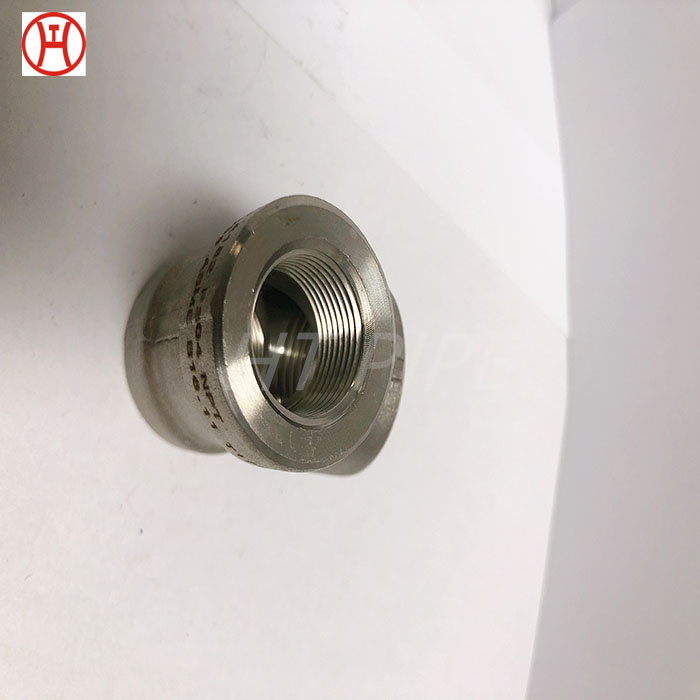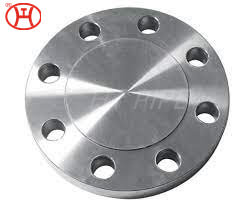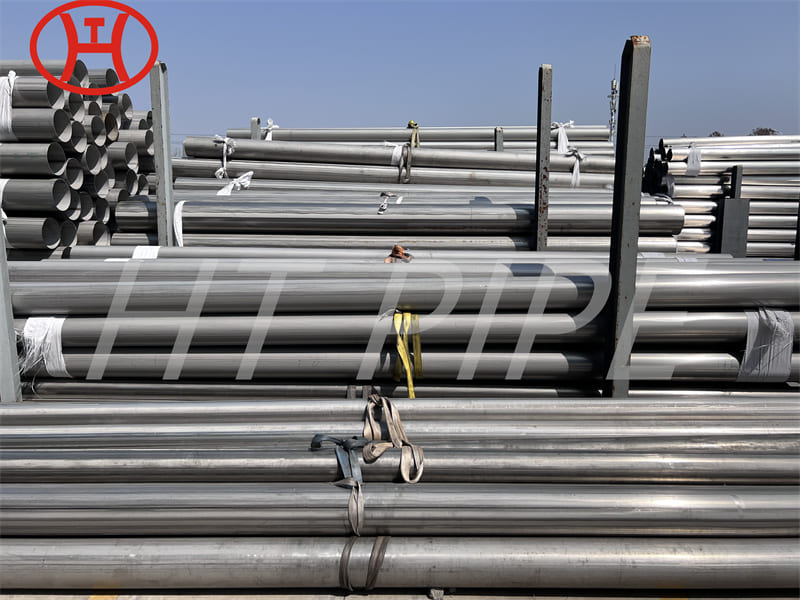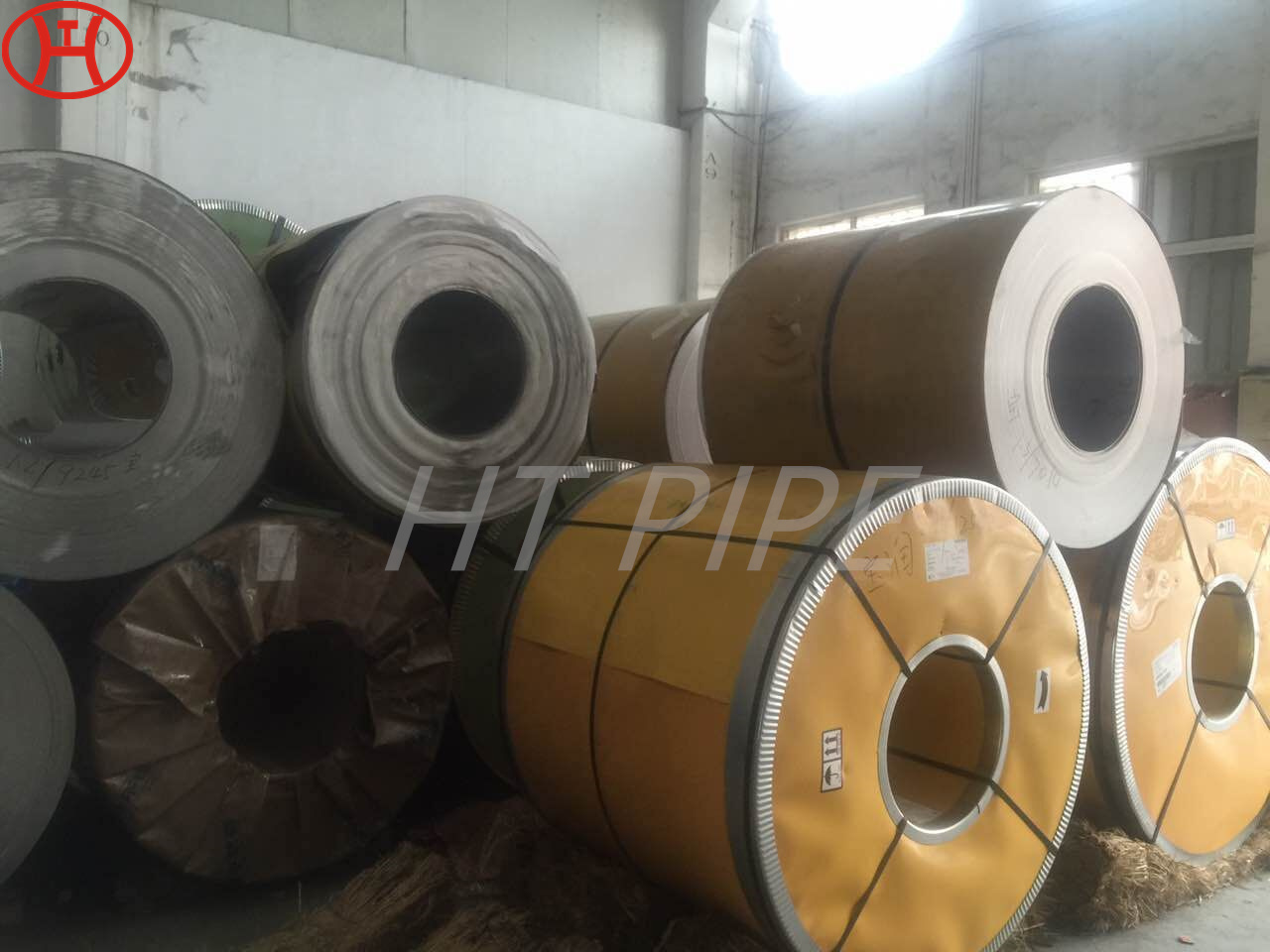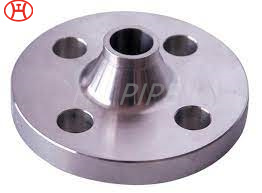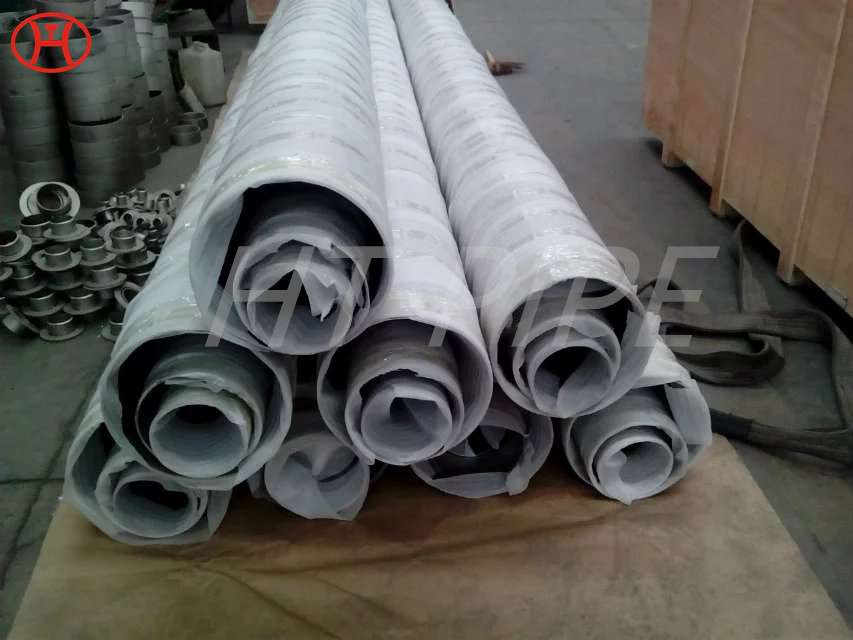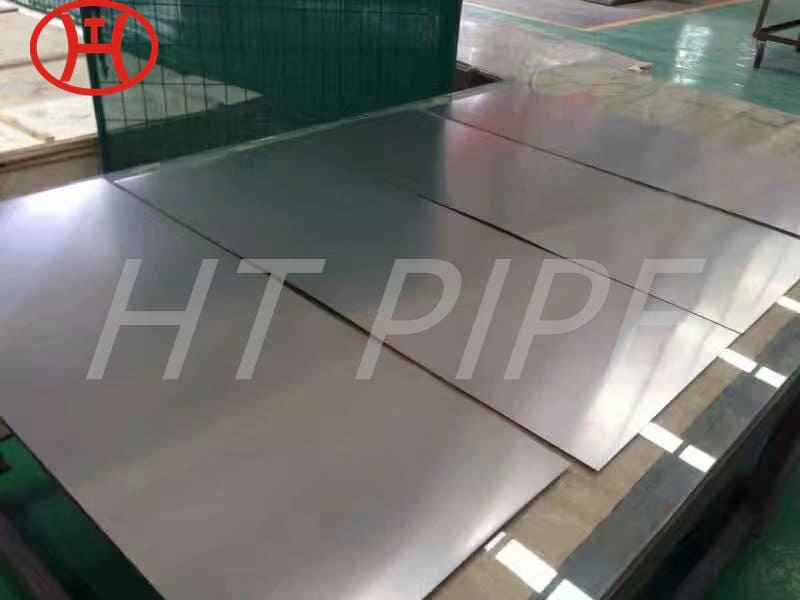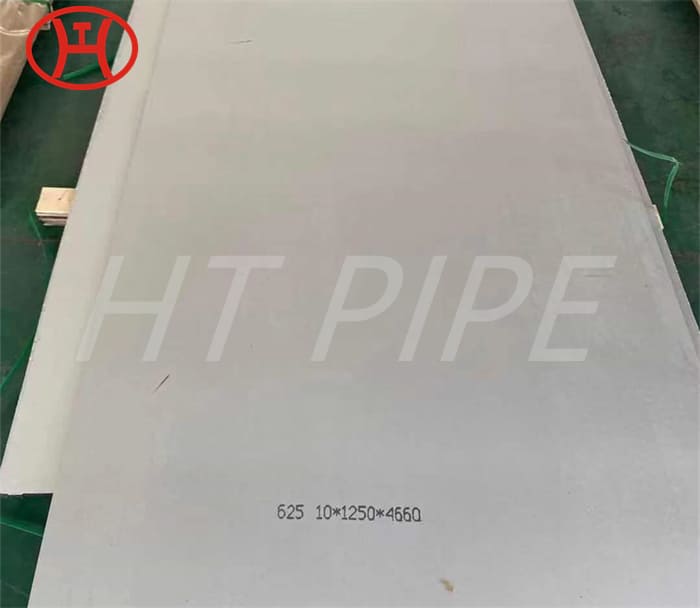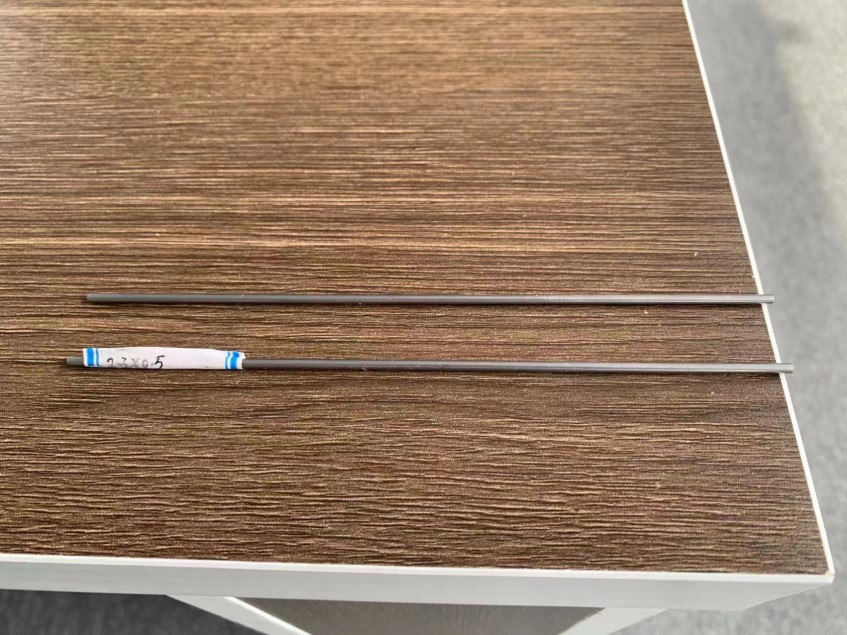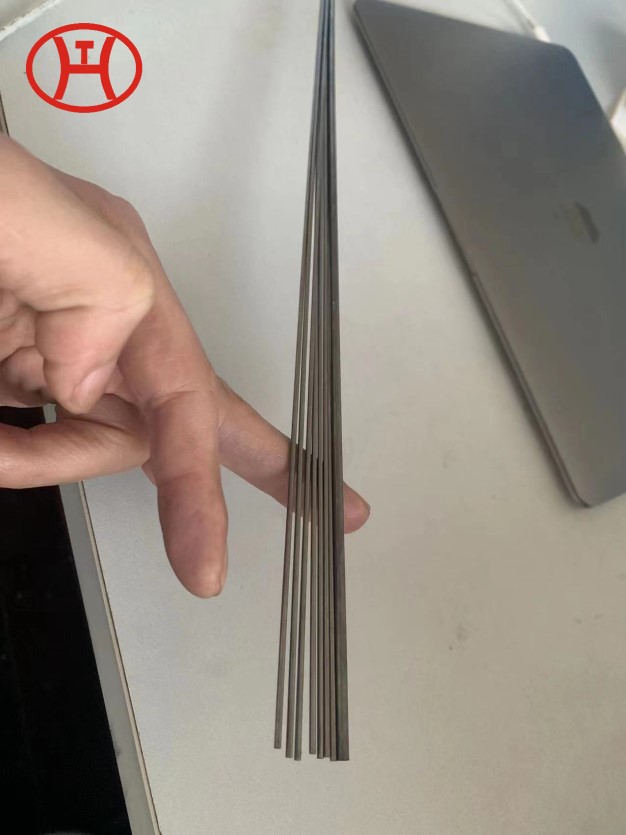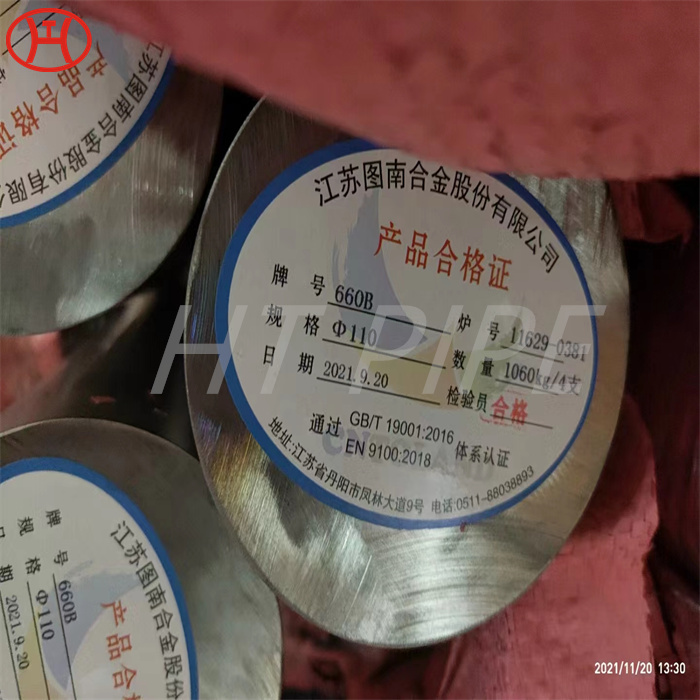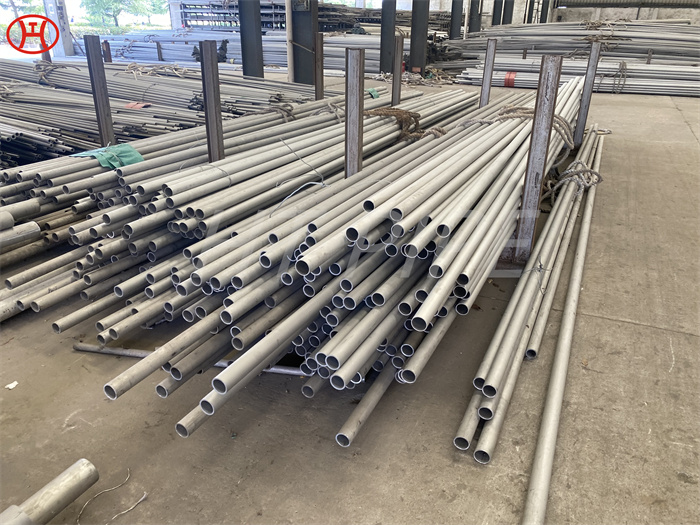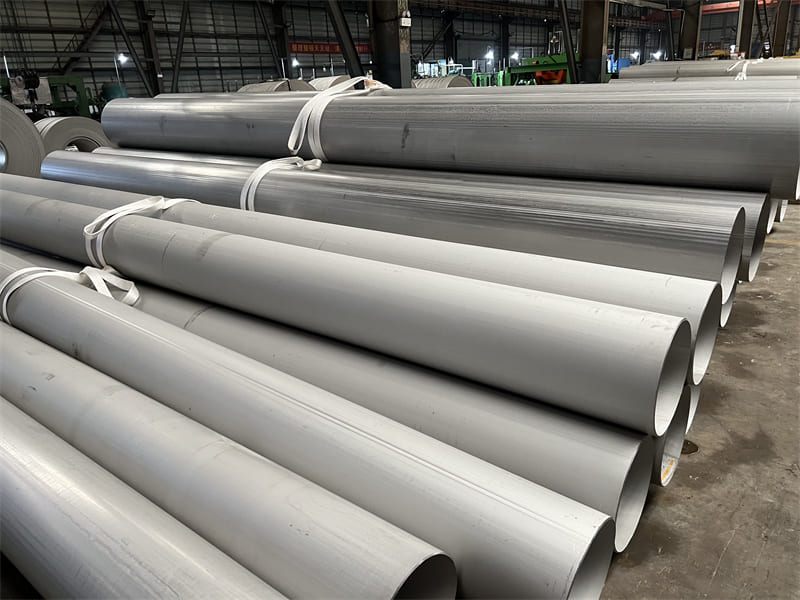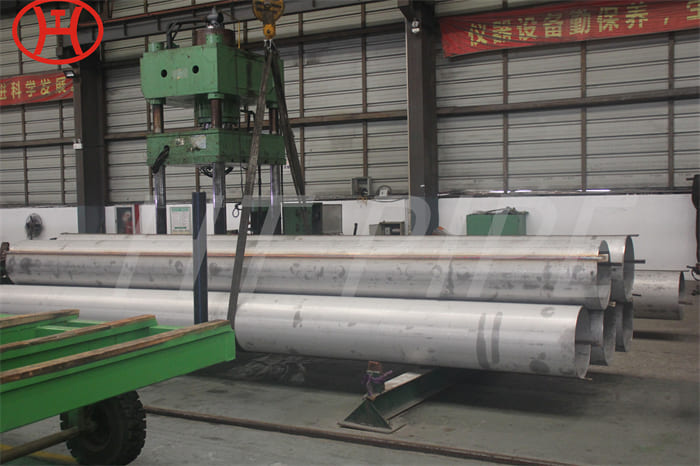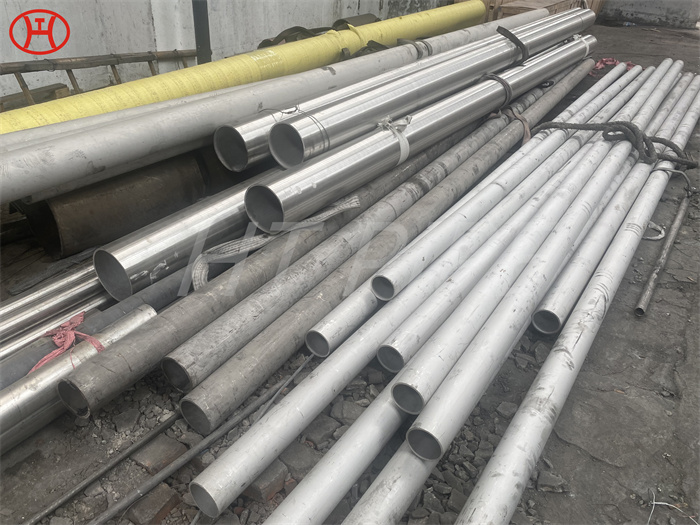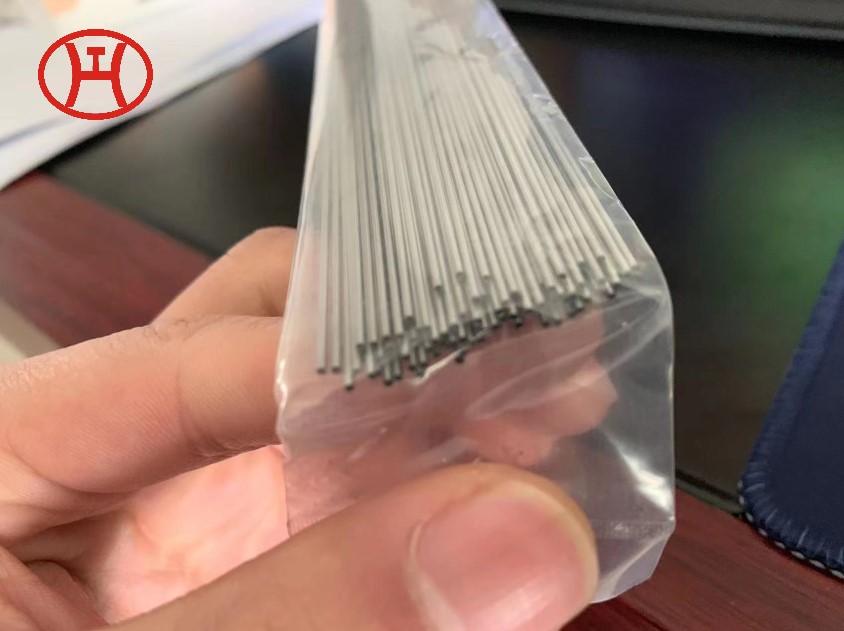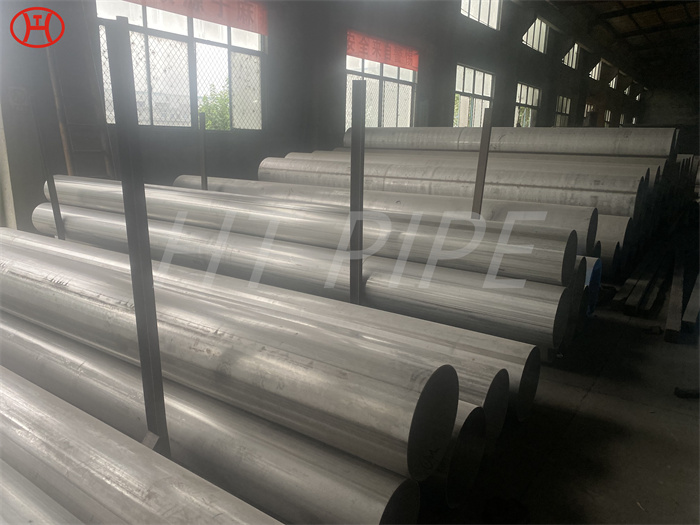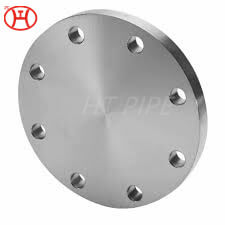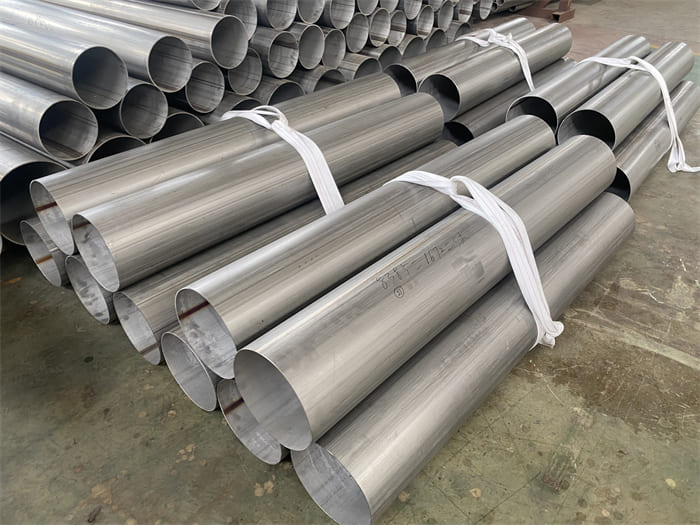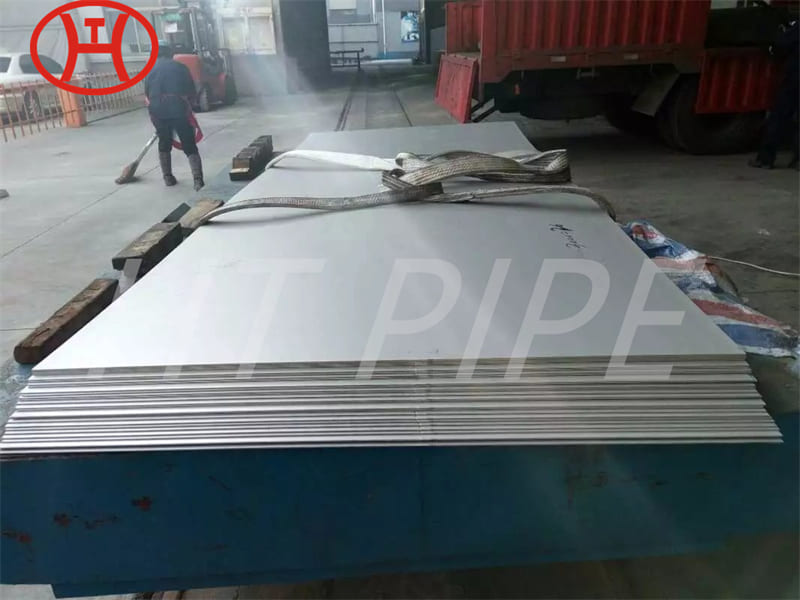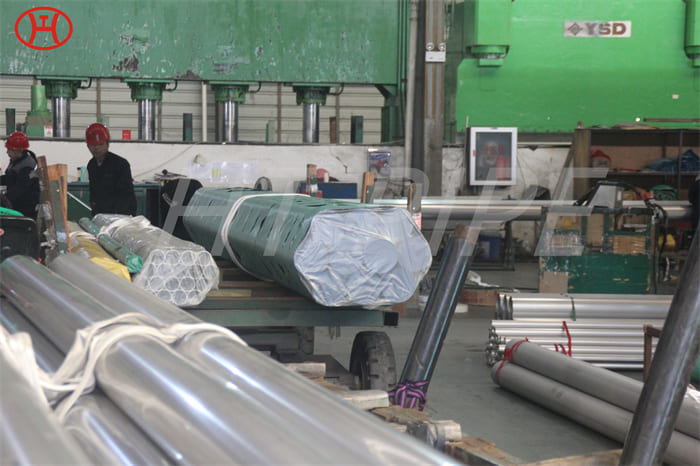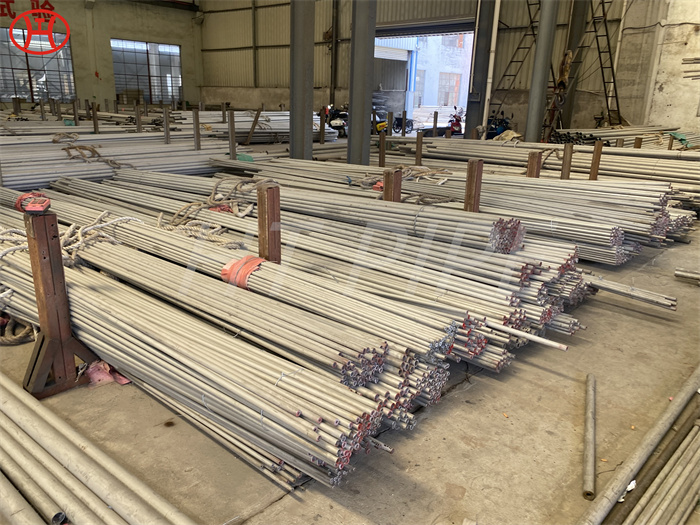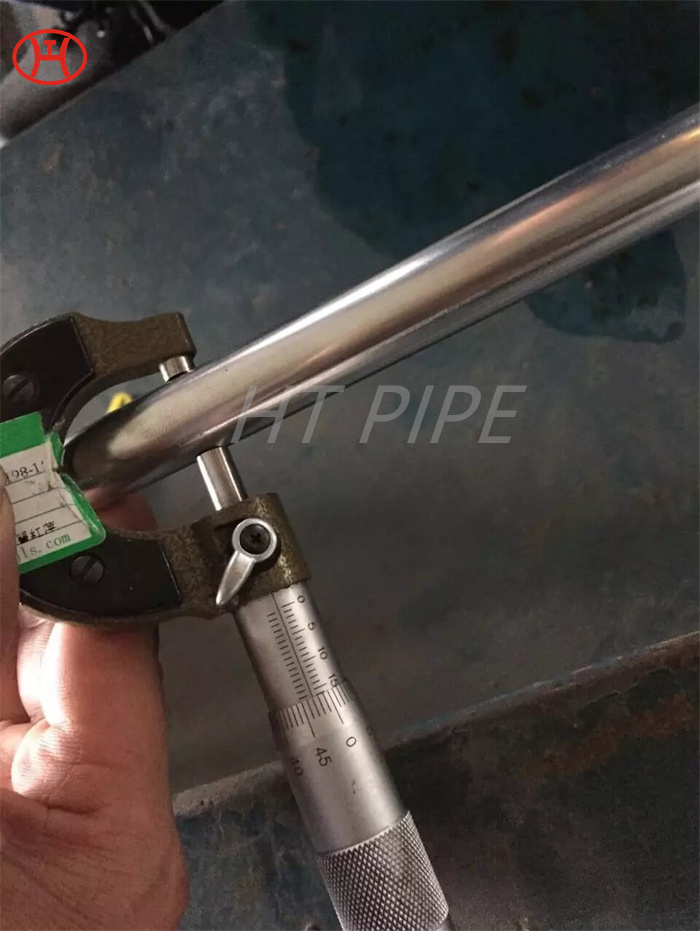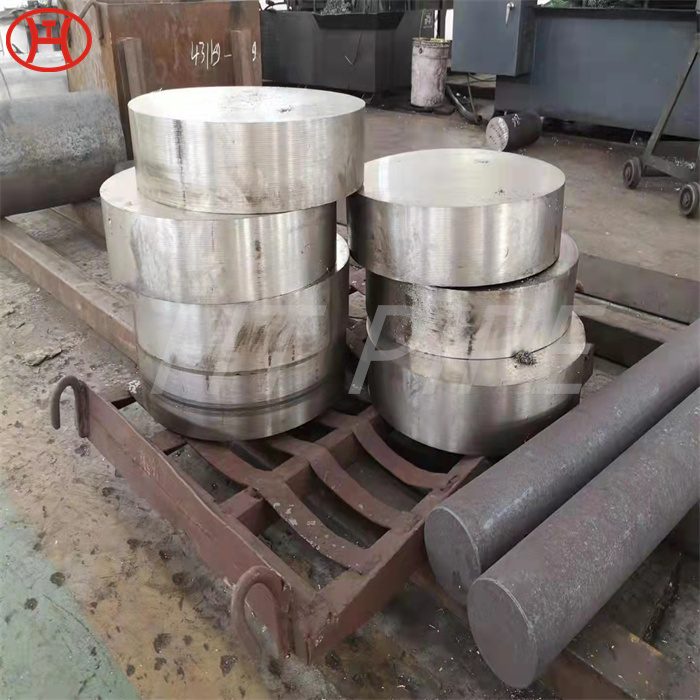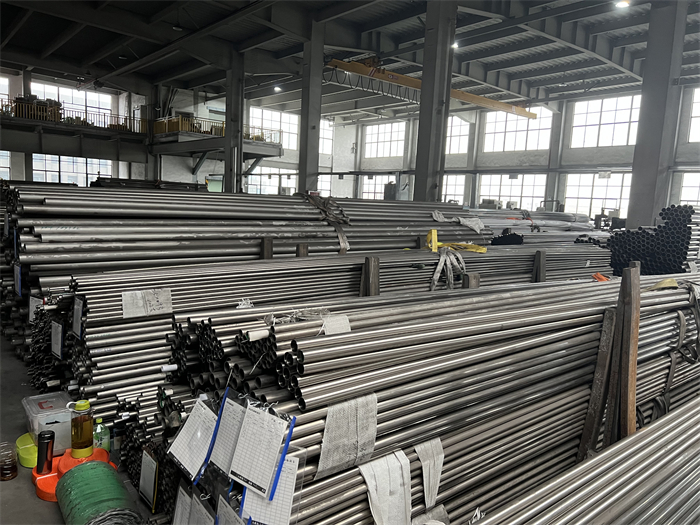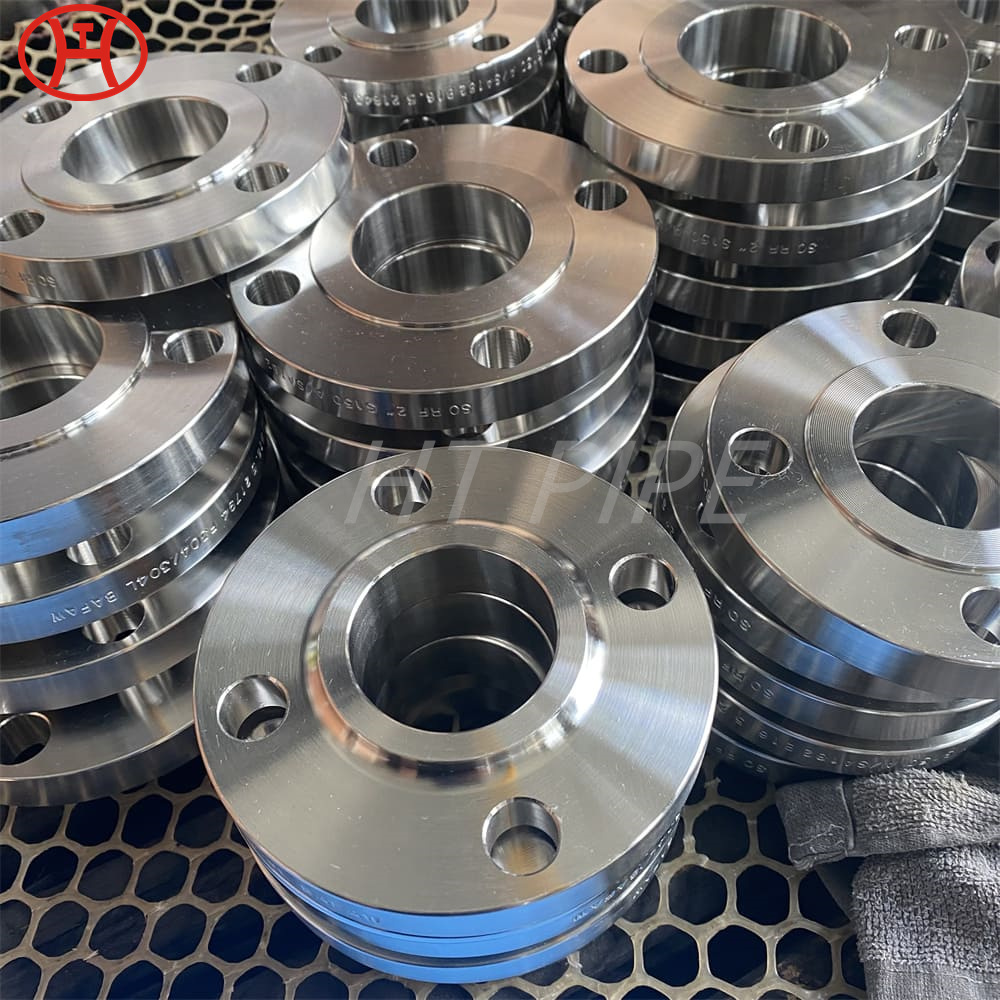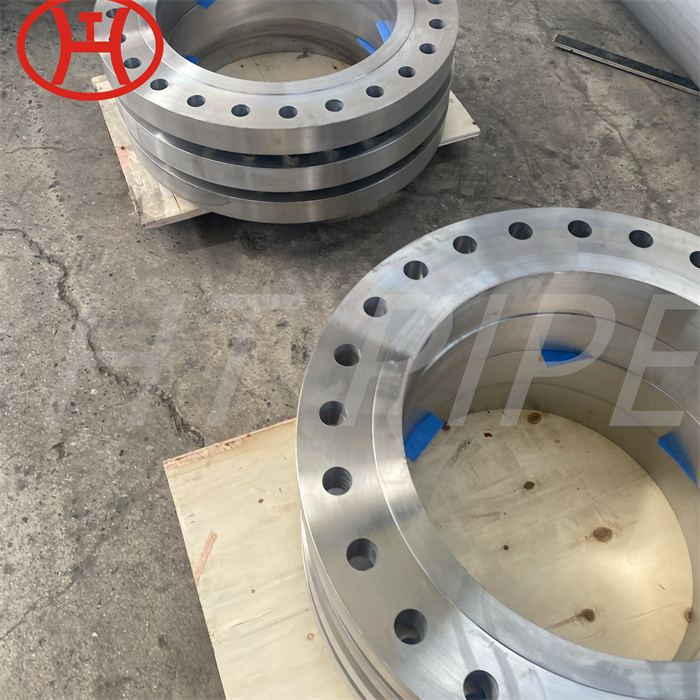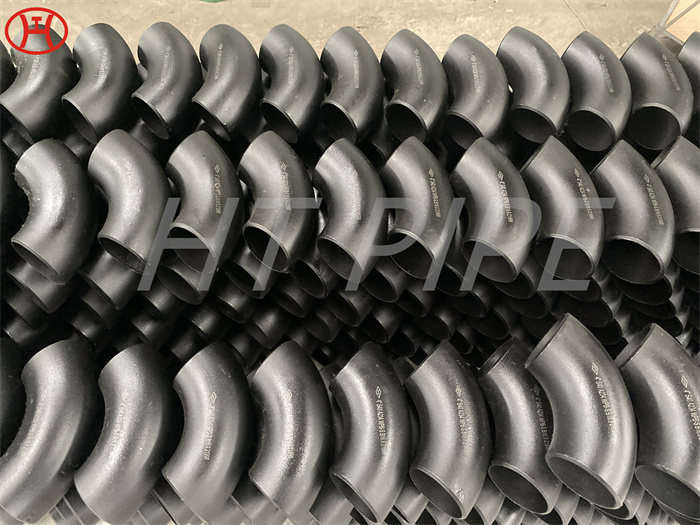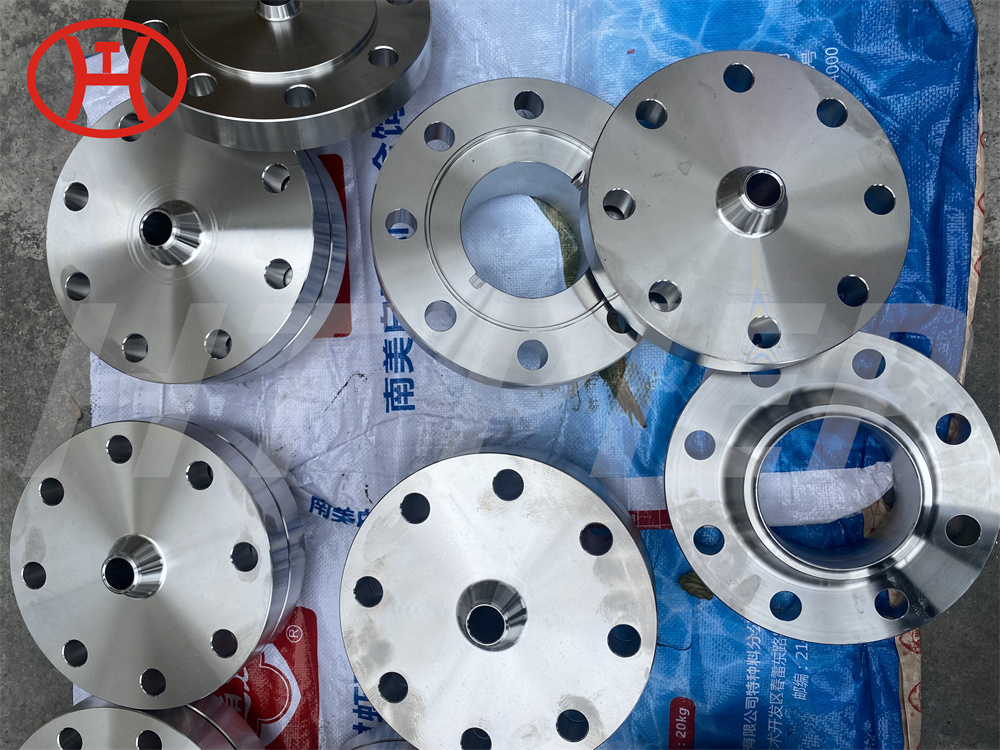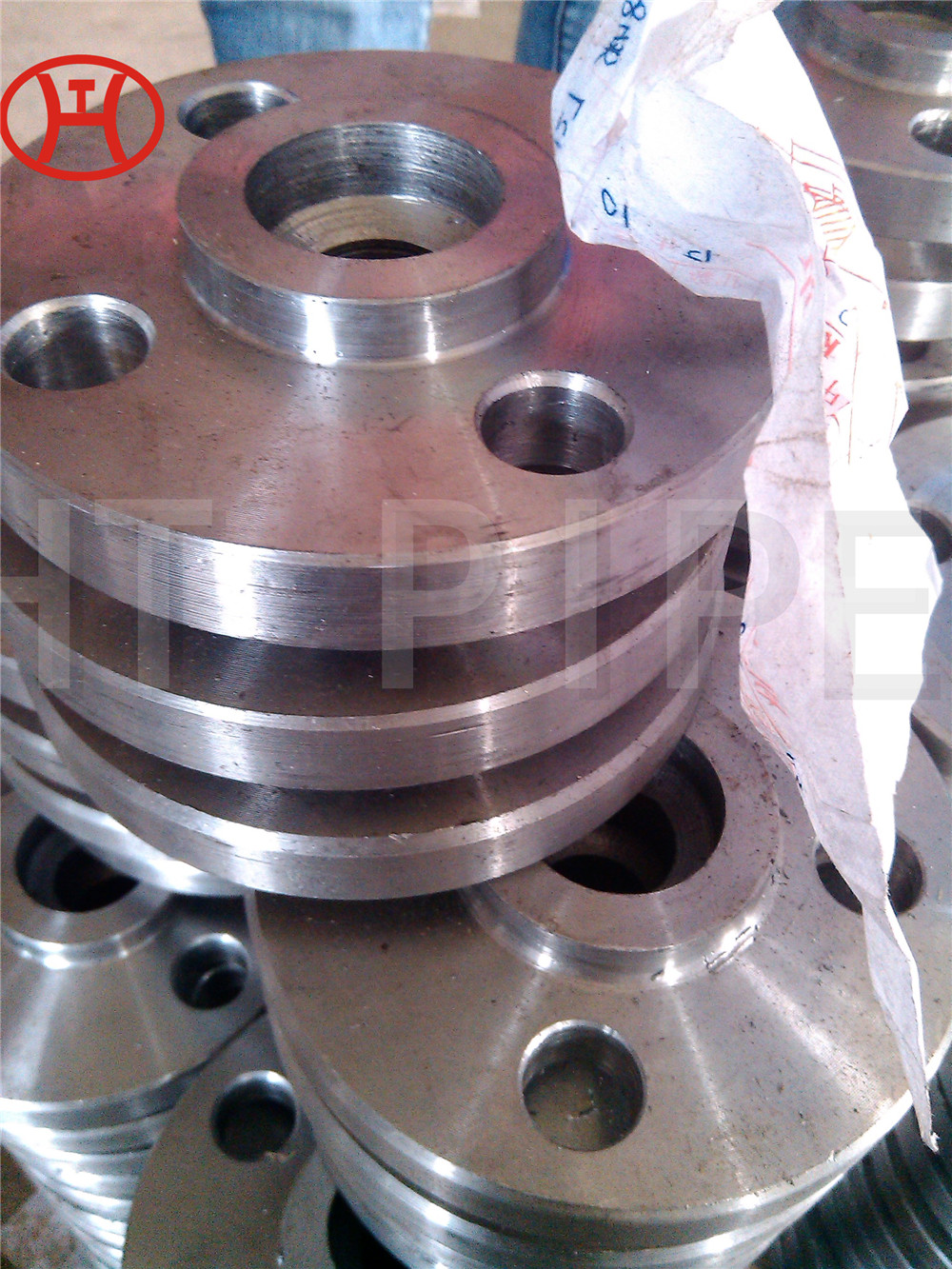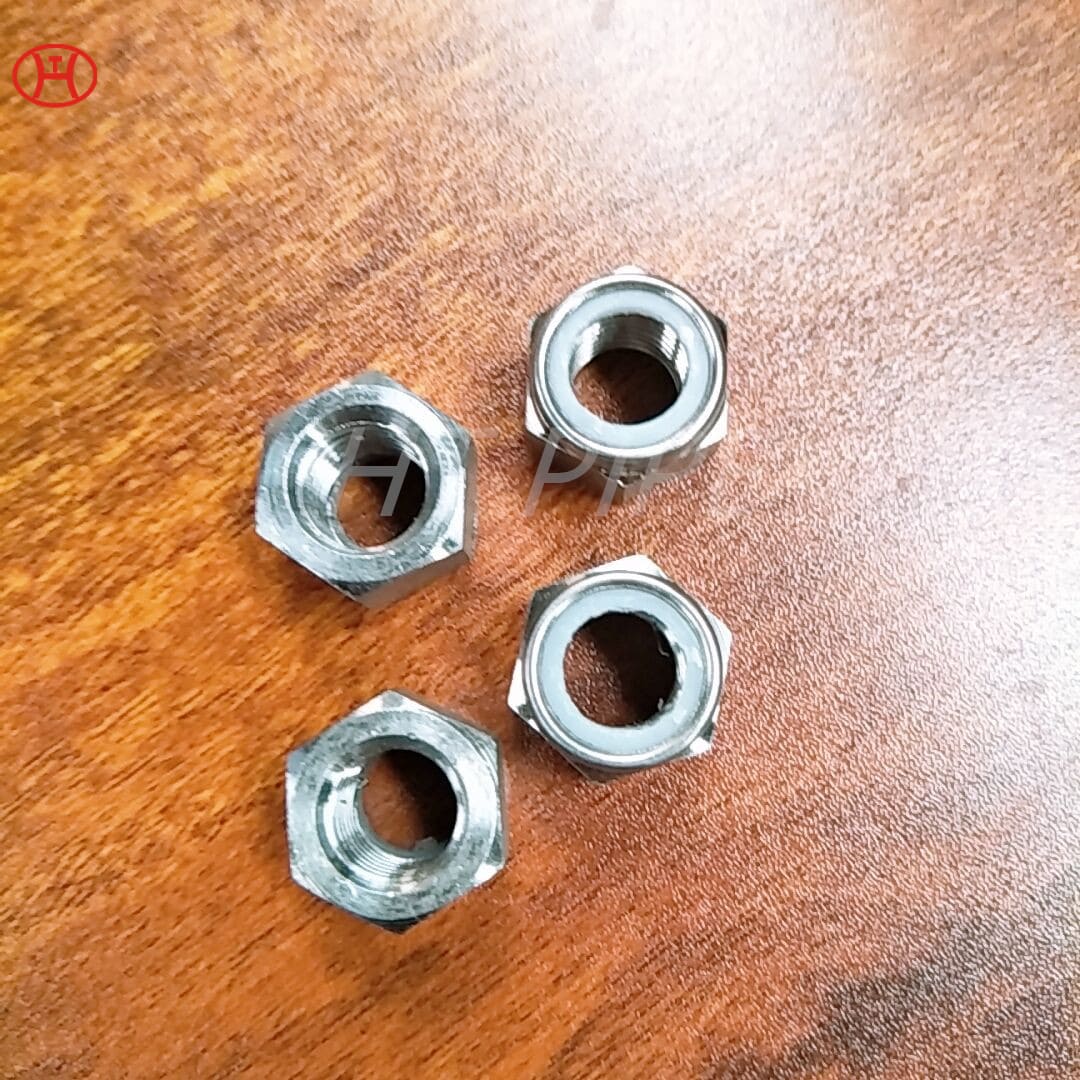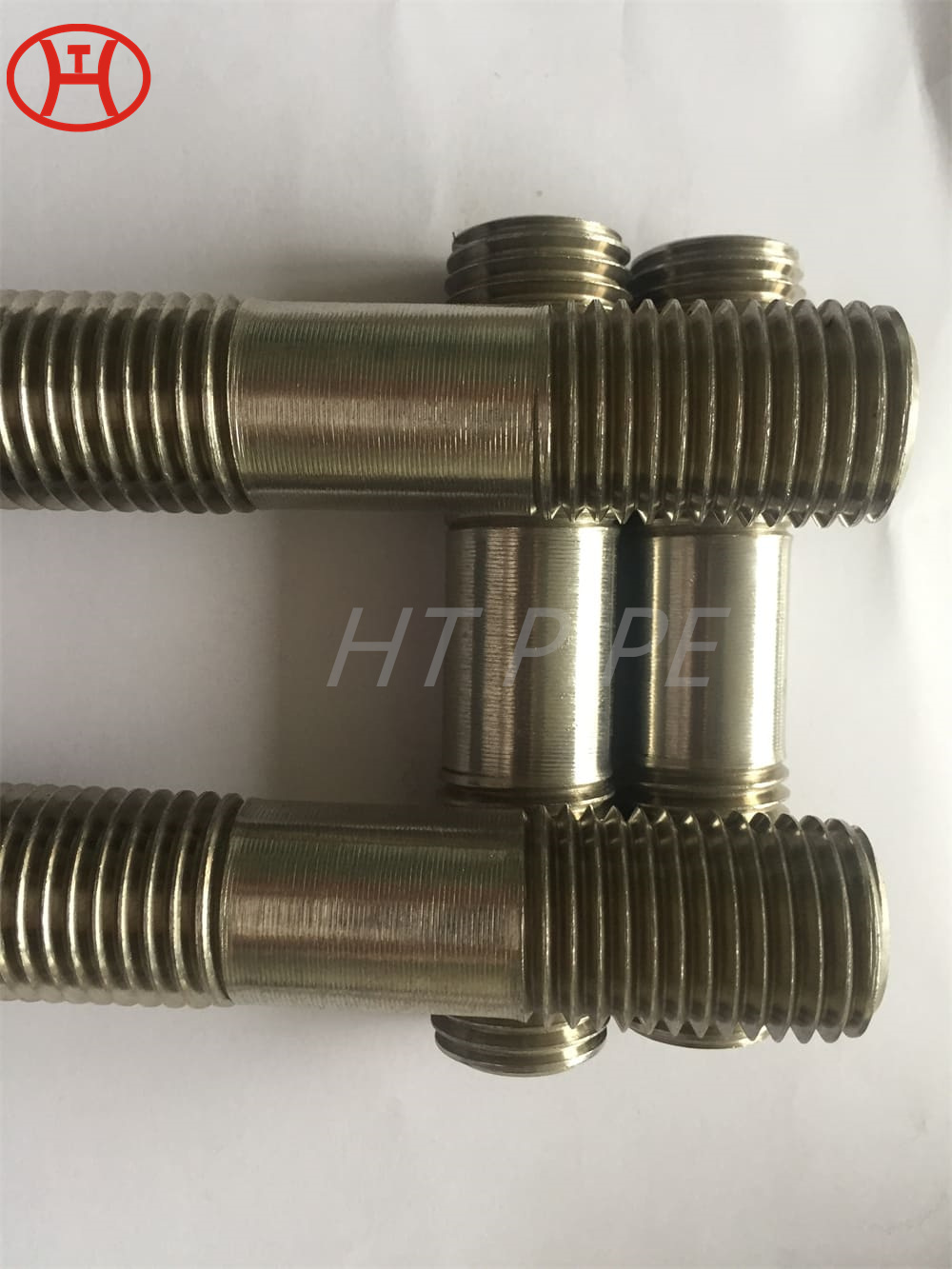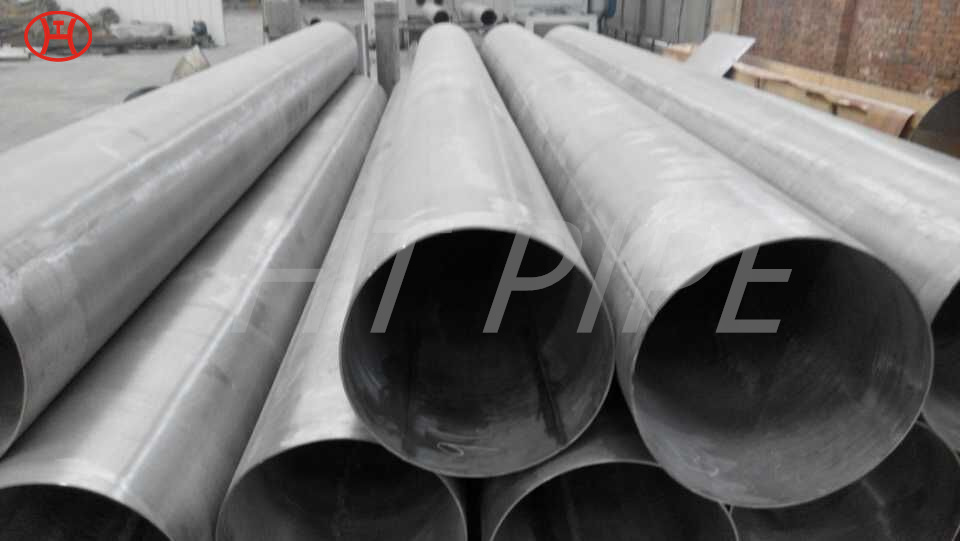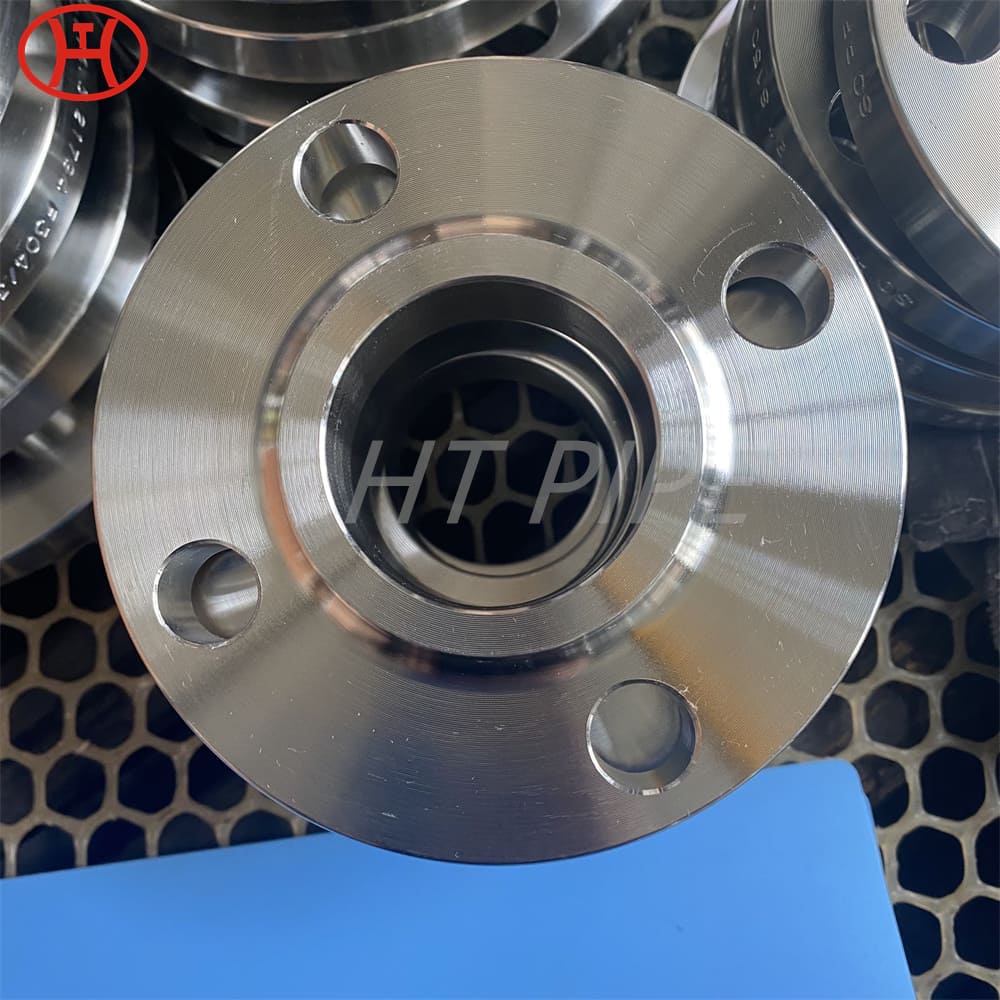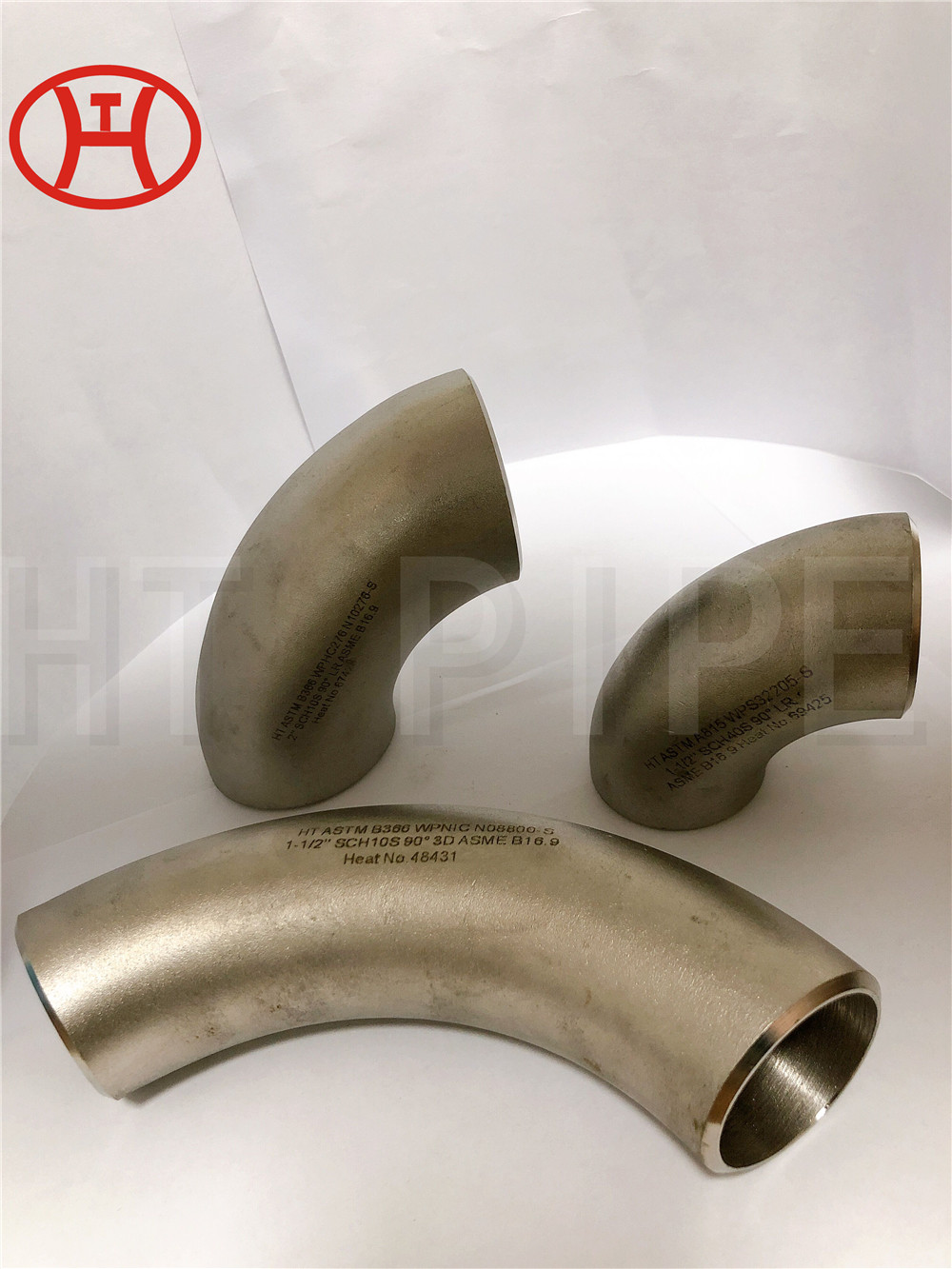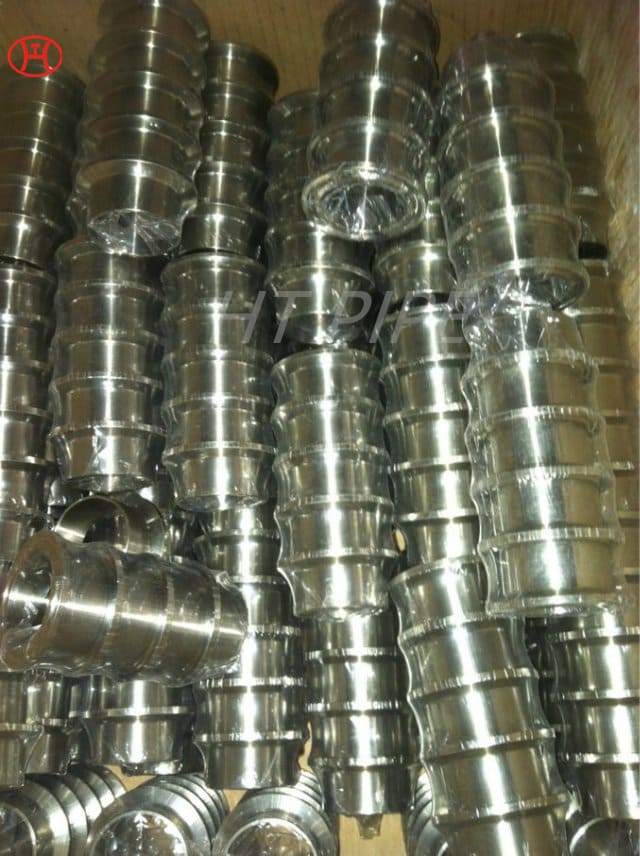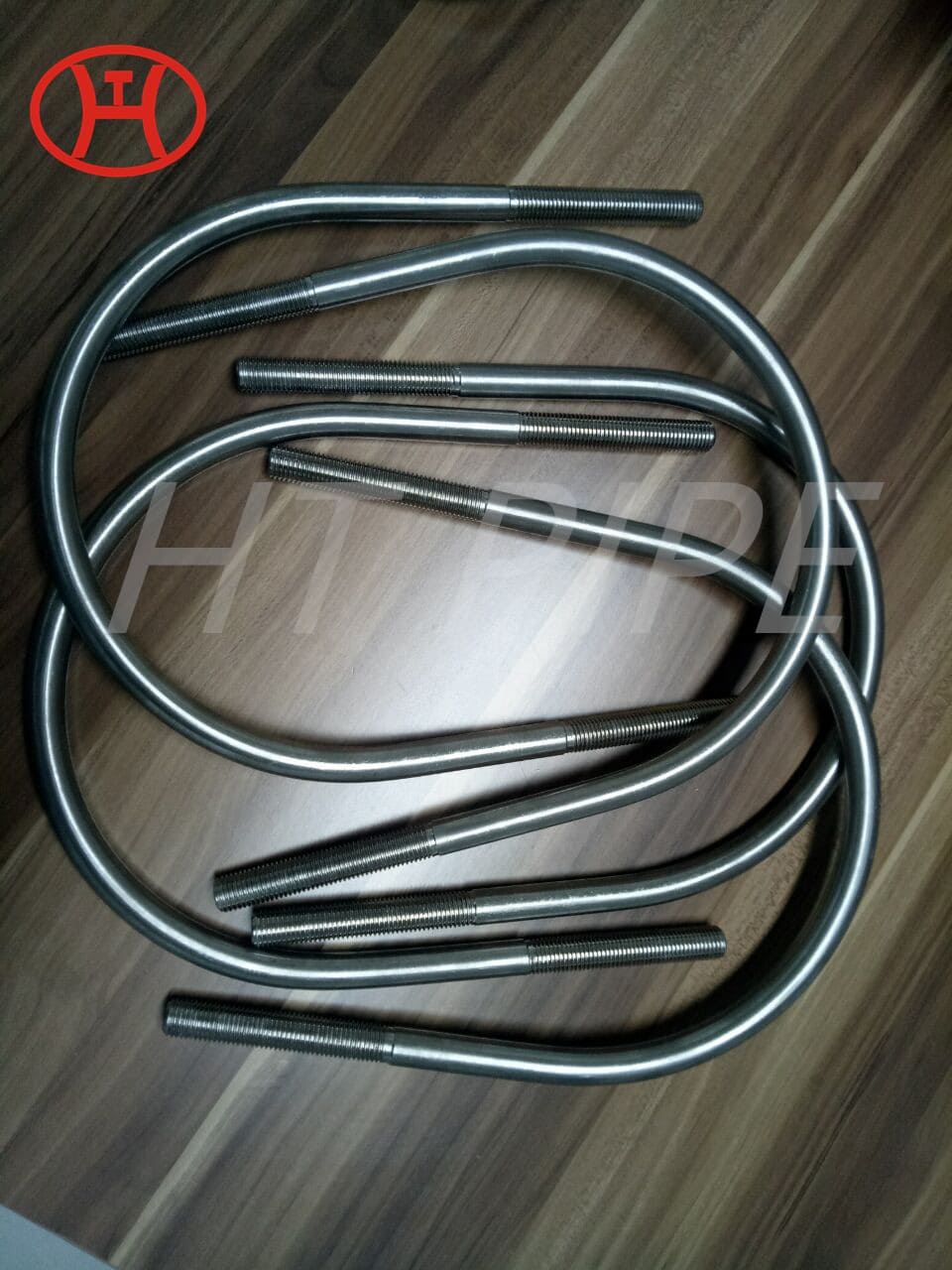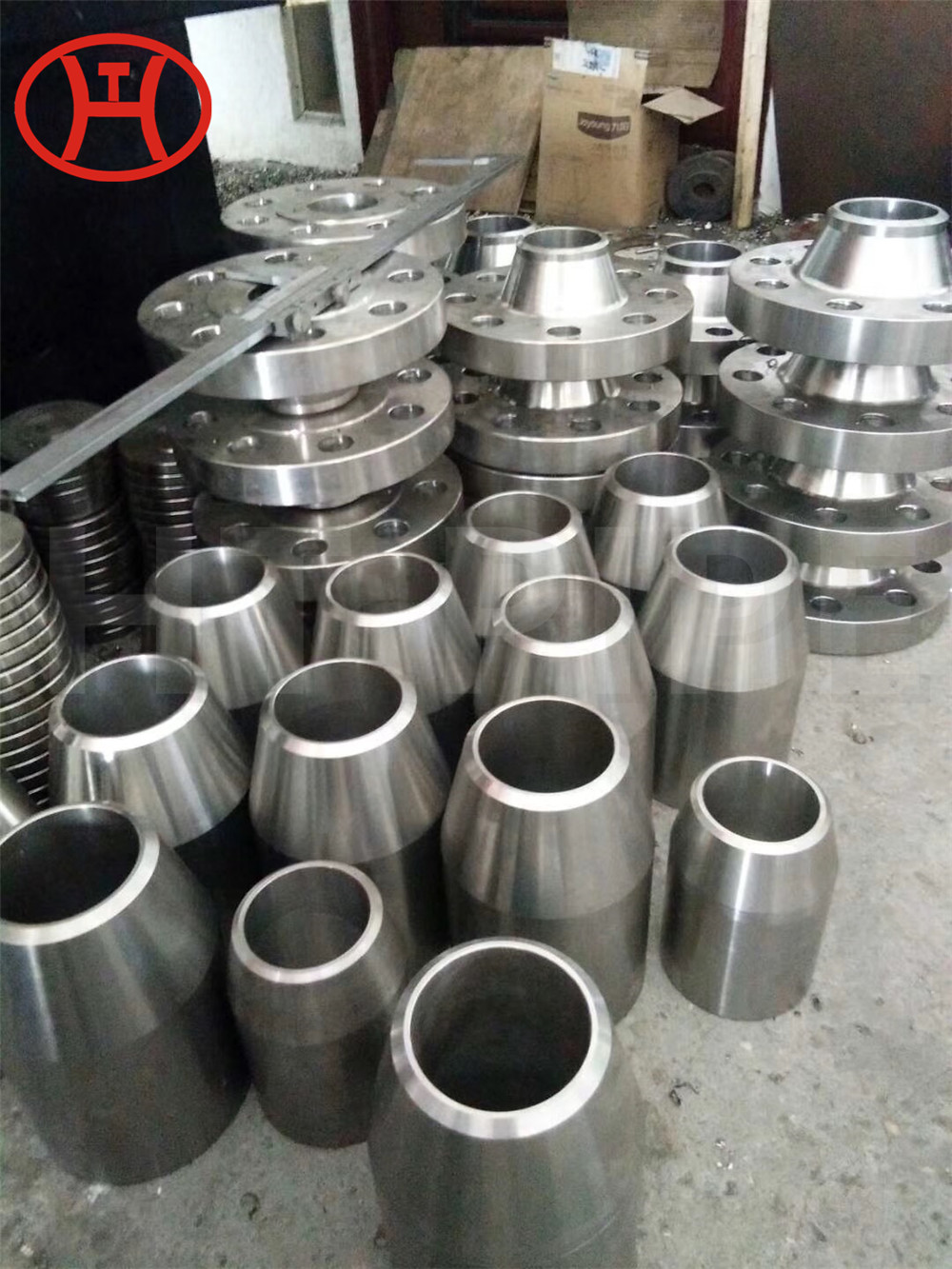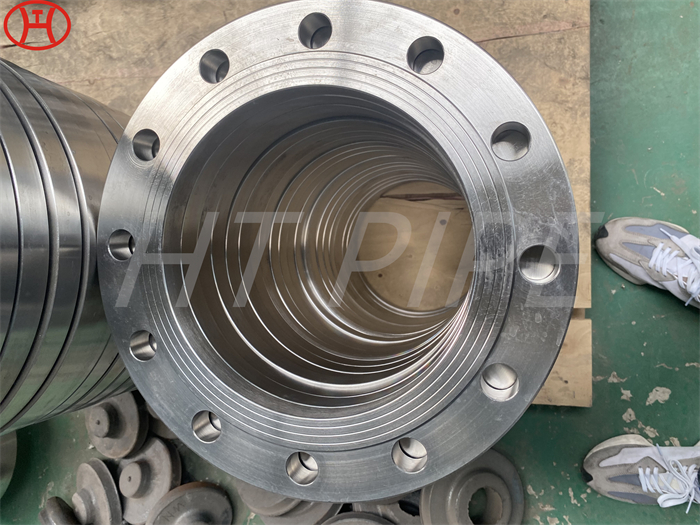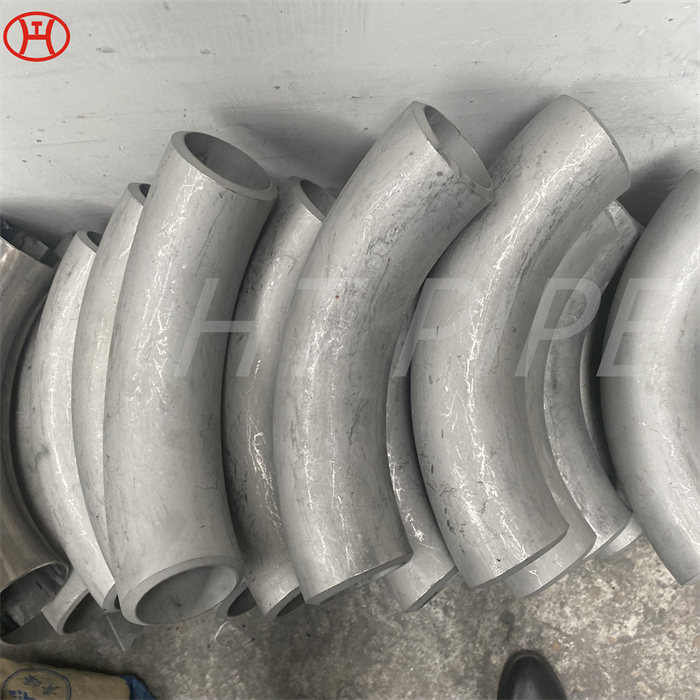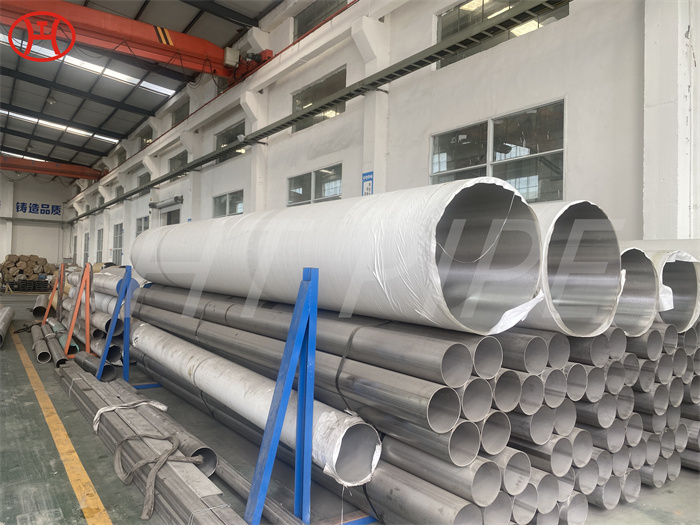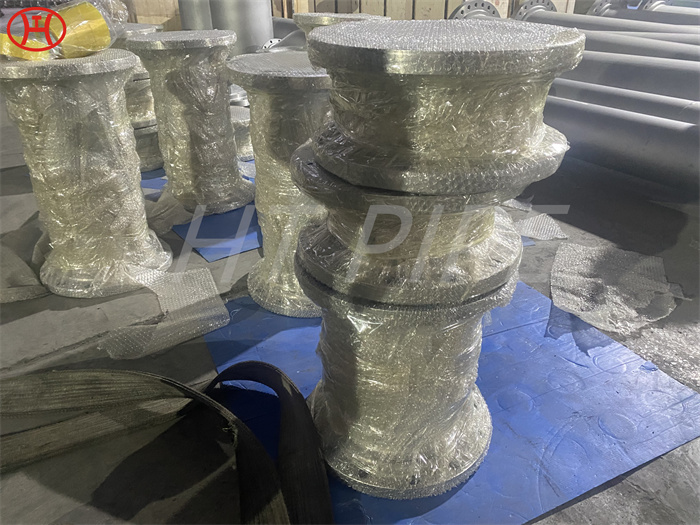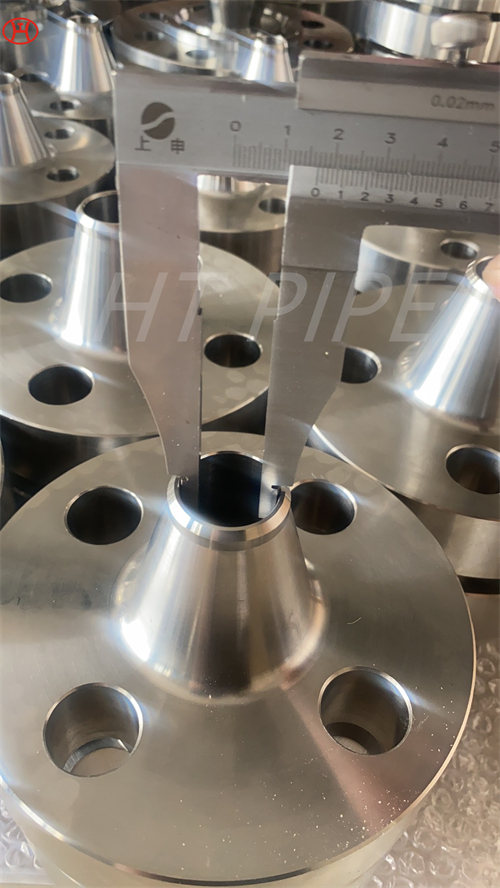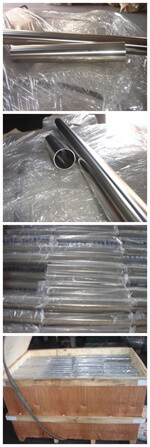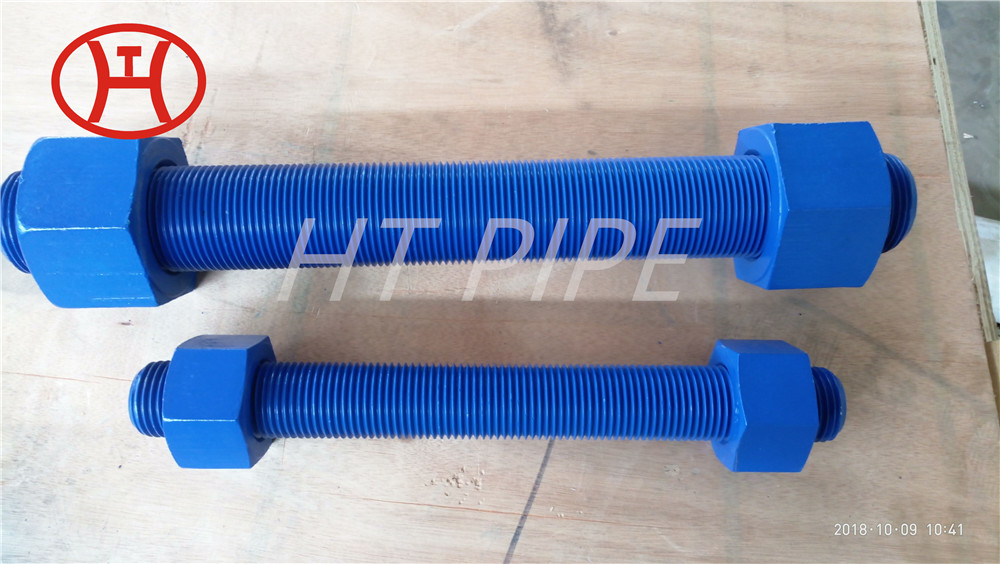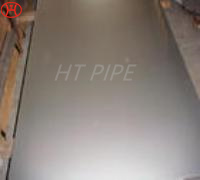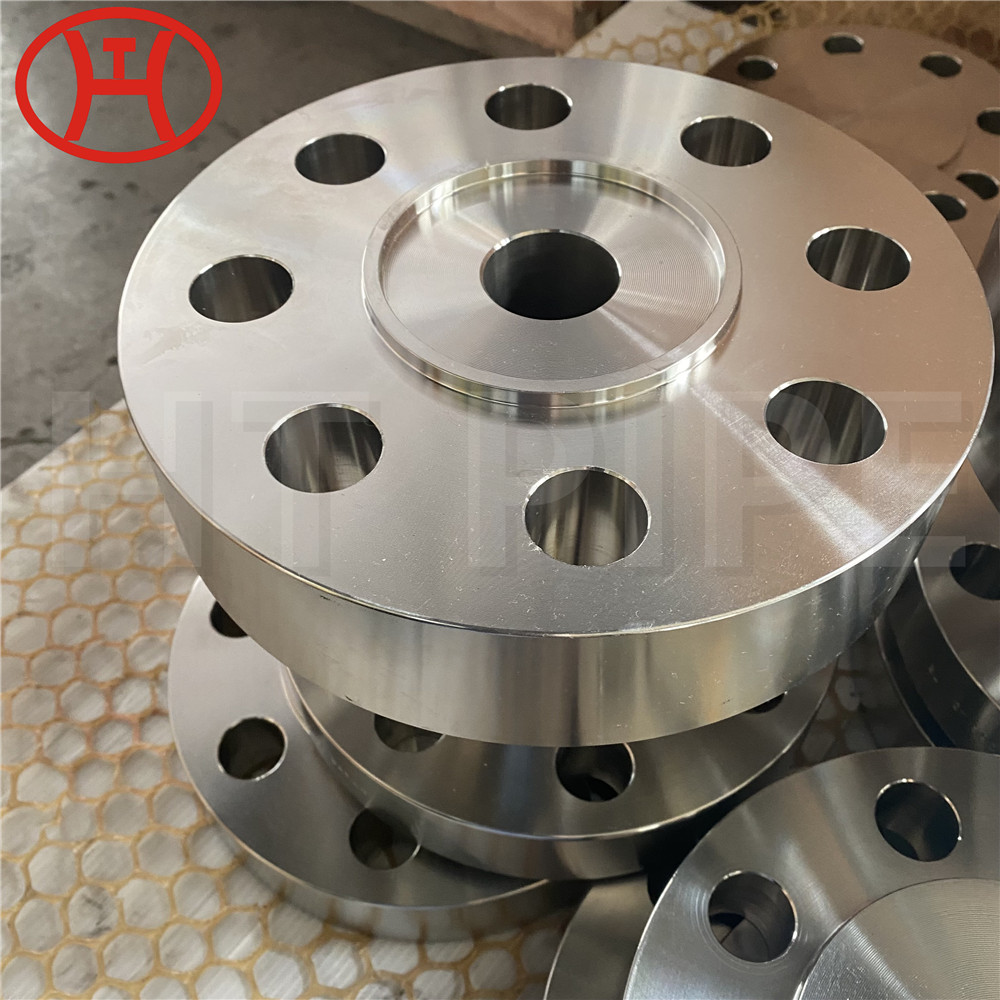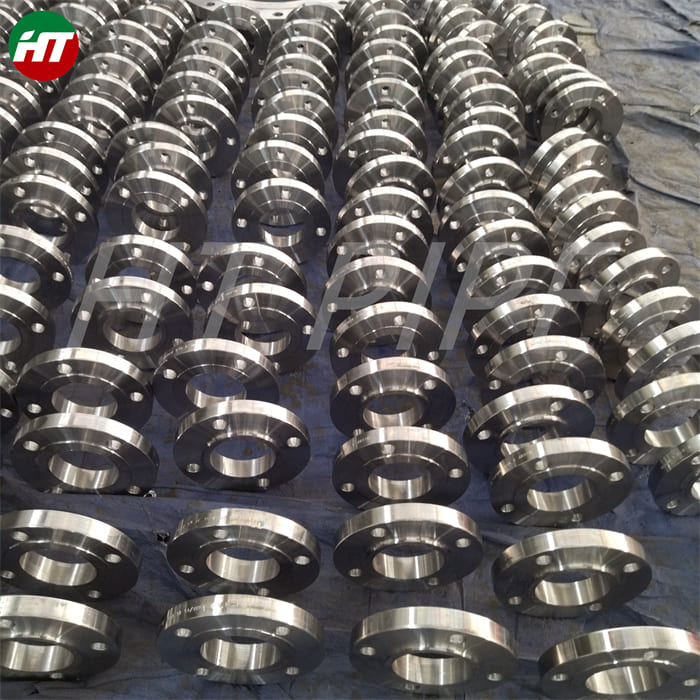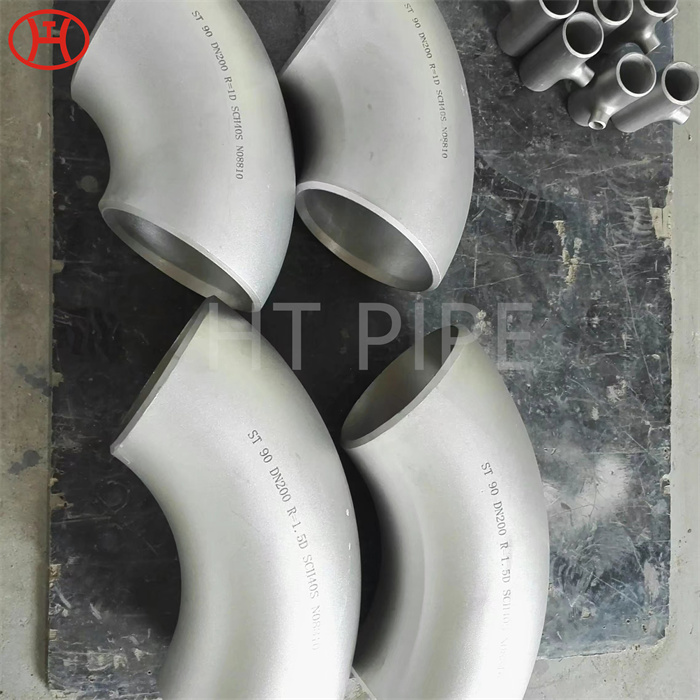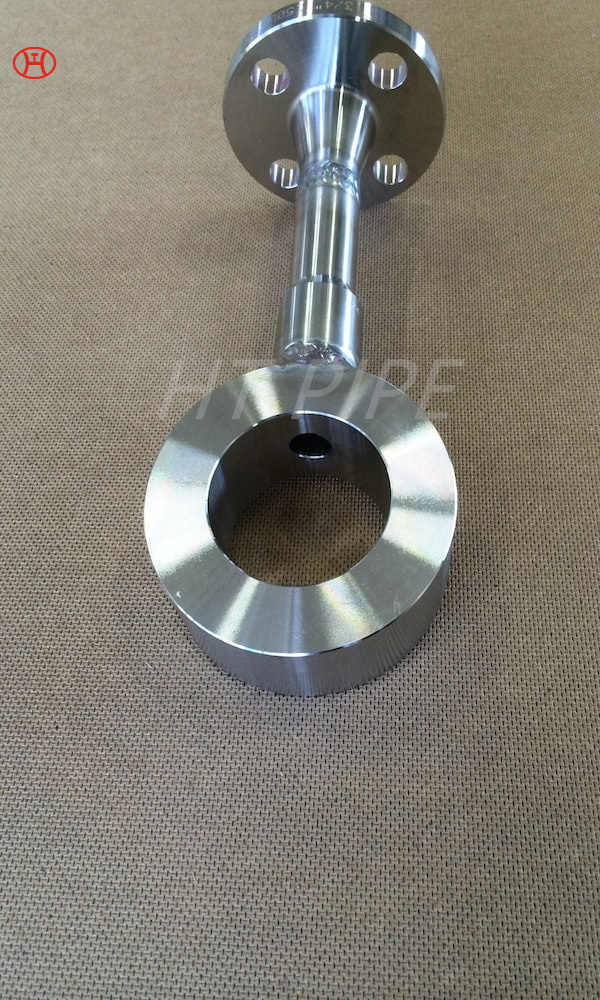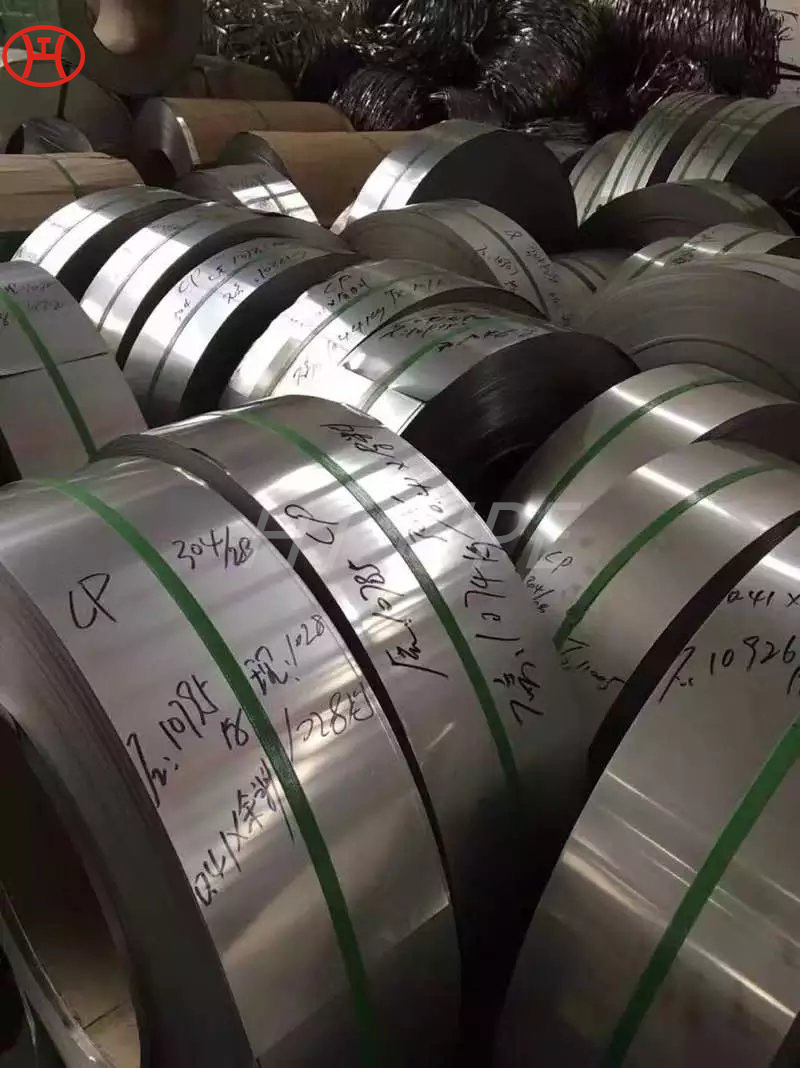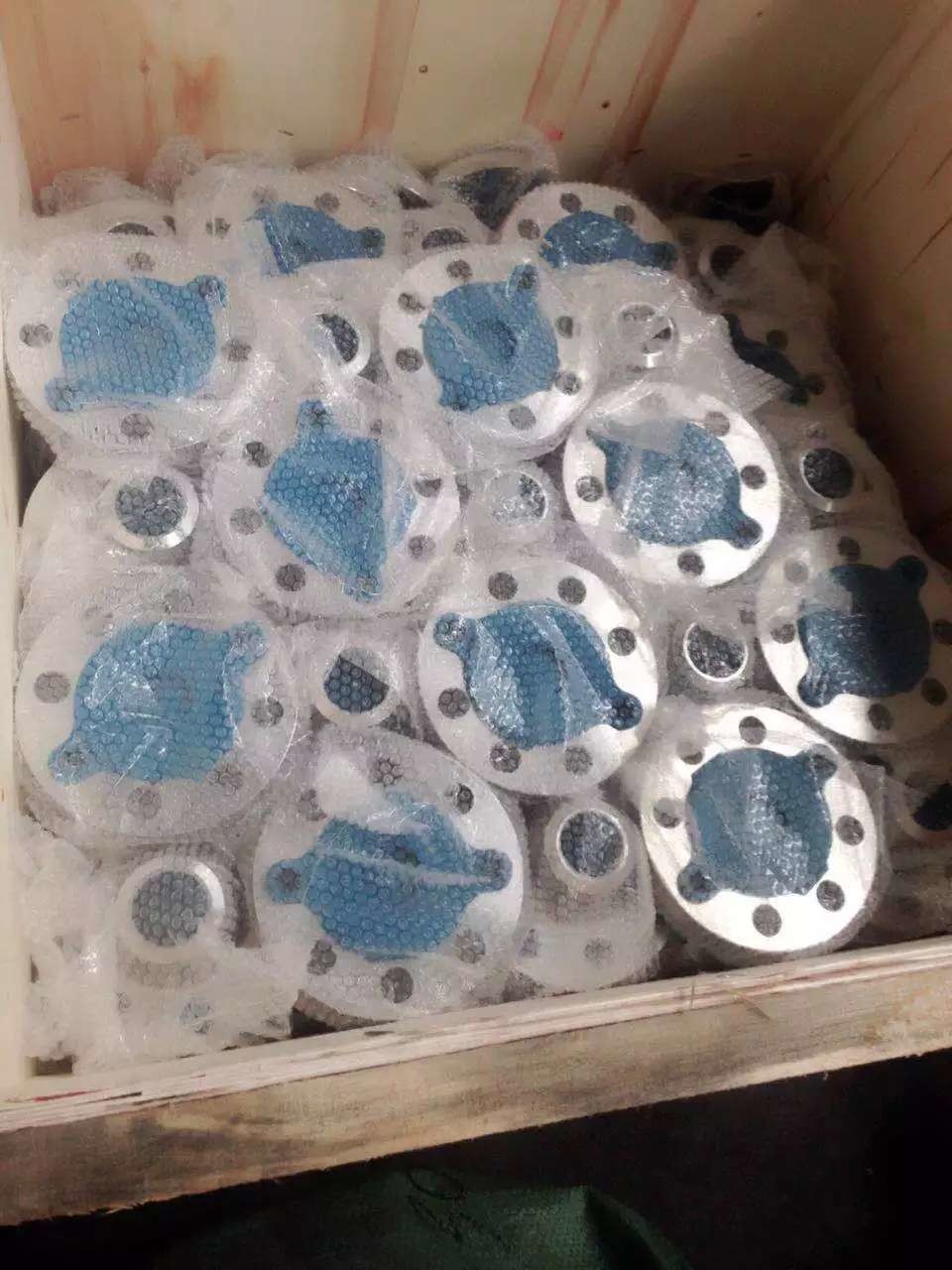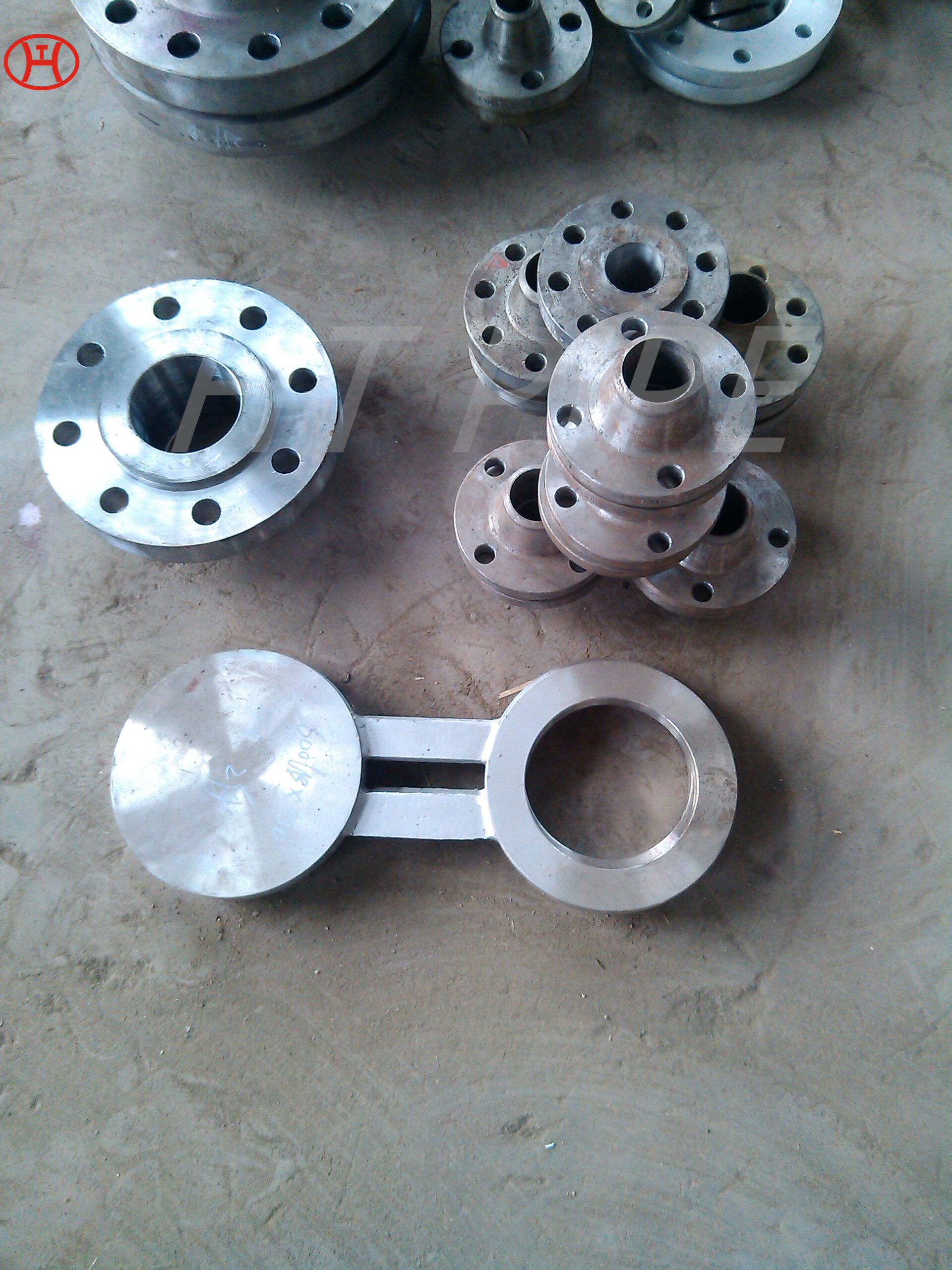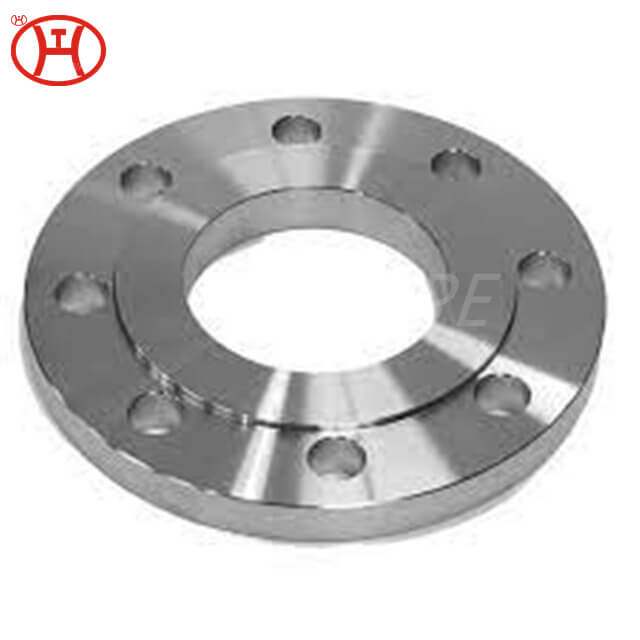ASME B16.11 Threadolets Threaded Outlet
ASME B16.11 Threadolet is the most popular branch connection: the branch is made by welding the item to the outlet of the run pipe. The ends of a Threadolet are bevelled to facilitate the welding process, and for this reason. Threadolet belongs to the family of butt weld fittings.
Stainless Steel Threadolets, Manufacturer Of ASME / ANSI B16.11 Threadolets, Carbon Steel Threadolets, ANSI B16.11 Threaded Outlet, Nickel Alloy Threadolets Supplier in China.
SS ASME B16.11 Threadolet has excellent resistance to chloride-ion stress-corrosion cracking, and as well shows appropriate resistance to a number of oxidizing environments. ANSI B16.11 Threadolet is very much resistant to chemical corrosion and oxidation (corrosion resistant), and has some high stress-rupture effectiveness and low creep rates under high stresses at temperatures after suitable heat treatment.
As ASME B16.11 Threadolets Dealer, we are manufacturer & exporter of ASME B16.11 Threaded Outlets availbale in various forms and size. Threaded outlets are similar to other outlets, the only difference is that this olet is equipped with female threaded connection. No welding is needed in this connection. These A182 Threadolets are normally produced in 3000 and 6000 pressure class. HT PIPE, the ANSI B16.11 Threadolets Exporter, offers Stainless Steel Threadolets which has excellent resistance to chloride-ion stress-corrosion cracking, and as well shows appropriate resistance to a number of oxidizing environments. Threadolets Fittings standard covers pressure-temperature ratings, materials, dimensions, tolerances,marking, testing, and methods of designating openings for fittings. You can contact us in need of ANSI B16.11 Threaded Outlet made from special materials or customized piping design.
ASME B16.11 Threadolets Specification
Dimension Standard : ASME 16.11, MSS SP-79, 83, 95, 97, BS 3799
Size : 1/2″ to 24″
Connect Type : Welded, Threaded, BW, SW
Pressure Class : 3000 LBS, 6000 LBS, 9000 LBS (Sch40, Sch80/Xs Sch160 Xxs)
Origin : Indian Origin, European Origin, Japanese Origin
Testing and Documents : Mill Test Certificates, EN 10204 3.1, Chemical Reports, Mechanical Reports, Destructive Test Report, Non Destructive Test Reports, PMI Test Reports, Visual Inspection Reports, Third Party Inspection Reports, NABL Approved Lab Reports
Packing : Packed in Wooden Boxes, Bubble wraps, Steel Strips Bundled, or as per Customers Requests

